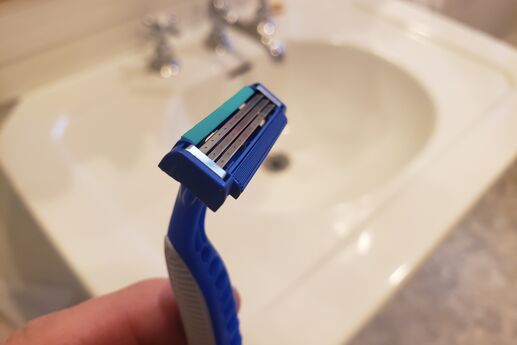Facial Skin Care Tips for Men
More and more men are starting to embrace the importance of taking care of their skin. This includes using facial skin care products on a regular basis. According to the American Academy of Dermatology Association, healthy skin is becoming an increasingly important factor in overall health. is But what products should you use and how should you use them?
There are many benefits to using facial skin care products for men. Here are just a few:
Improved Skin Health: Using the right facial skin care products can help improve the overall health of your skin. This includes reducing the appearance of fine lines and wrinkles, as well as helping to prevent acne breakouts.
Enhanced Appearance: Proper skin care can also help improve the overall appearance of your skin. This includes making it look more radiant, smooth, and even-toned.
Confidence Boost: When you take good care of your skin, you’ll likely feel more confident in your appearance. This can translate to increased self-esteem and a boost in your overall well-being.
Protection from the Elements: The skin on your face is exposed to a variety of elements on a daily basis, including the sun, wind, and pollution. Using facial skin care products can help protect your skin from these environmental factors, which can lead to premature aging and other skin problems.
Customized Skincare Routine: One of the benefits of using facial skin care products is that you can create a customized skincare routine that works for your specific skin type and concerns. For example, if you have oily skin, you might opt for products that are specifically formulated to control excess oil production. On the other hand, if you have dry skin, you might choose products that are more hydrating.
Now that we’ve covered some of the benefits of using facial skin care products for men, let’s take a look at some specific products that can be included in a male skincare routine.
Cleanser: A good cleanser is an essential part of any skincare routine. It helps to remove dirt, oil, and other impurities from the skin, leaving it feeling fresh and clean. There are many different types of cleansers to choose from, including gel cleansers, foaming cleansers, and cream cleansers.
Exfoliator: Exfoliating your skin helps to remove dead skin cells, which can leave your skin looking dull and uneven. There are two main types of exfoliators: physical exfoliators, which use small particles to scrub away dead skin cells, and chemical exfoliators, which use ingredients like alpha hydroxy acids (AHAs) and beta hydroxy acids (BHAs) to dissolve the bonds between dead skin cells.
Moisturizer: Moisturizing your skin is essential for keeping it hydrated and healthy. There are many different types of moisturizers to choose from, including lotions, creams, and oils. It’s important to choose a moisturizer that is suited for your skin type – for example, someone with oily skin might prefer a lightweight, oil-free moisturizer, while someone with dry skin might benefit from a thicker, more emollient formula.
Sunscreen: Wearing sunscreen on a daily basis is crucial for protecting your skin from the harmful effects of the sun’s UV rays. This includes reducing the risk of skin cancer and preventing premature aging. Look for a sunscreen with a broad-spectrum SPF of at least 30 and be sure to reapply.
Don't be afraid to try a number of different products to see which ones work best with your specific skin type. Happy moisturizing!
Photo by Joseph Gonzalez on Unsplash






